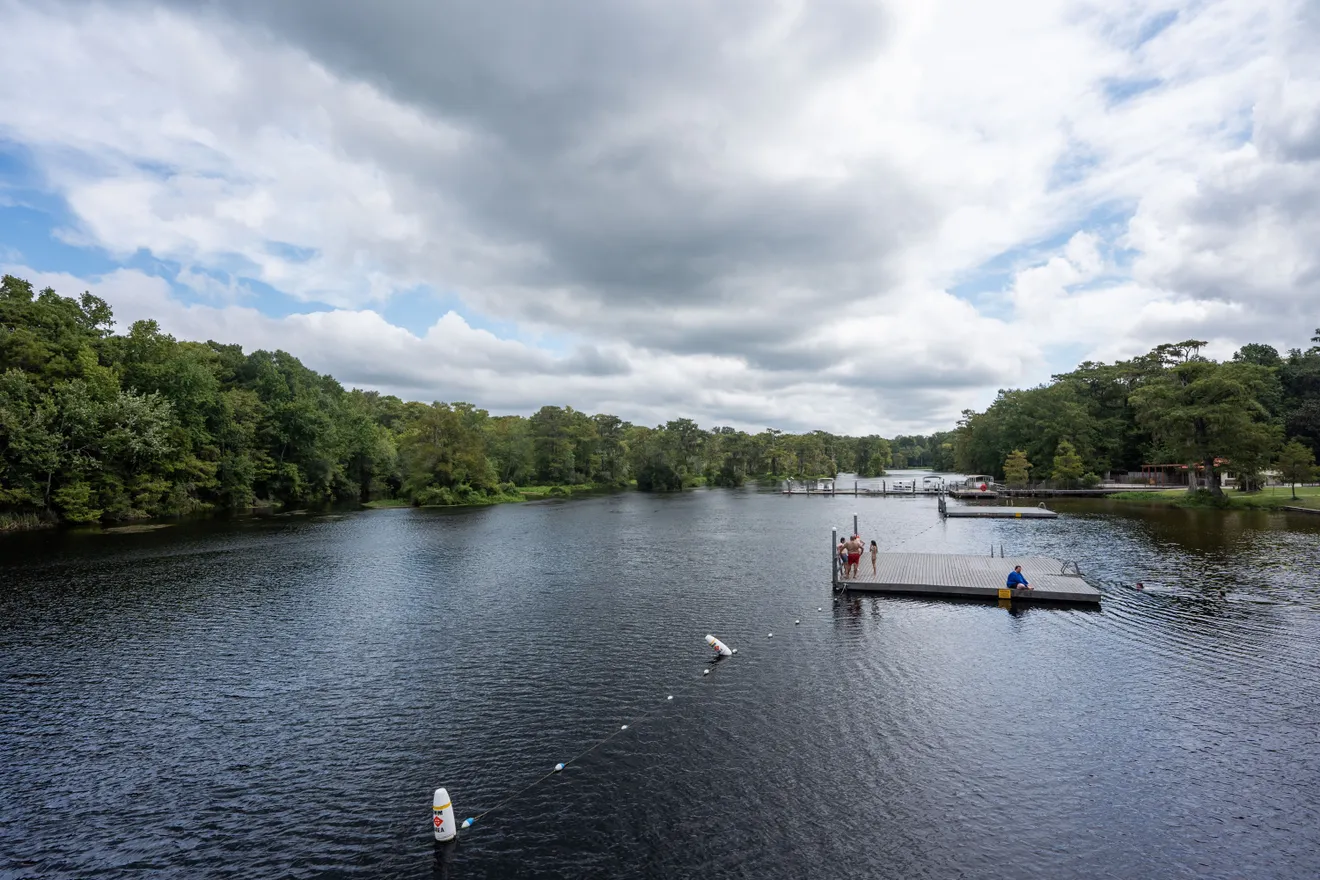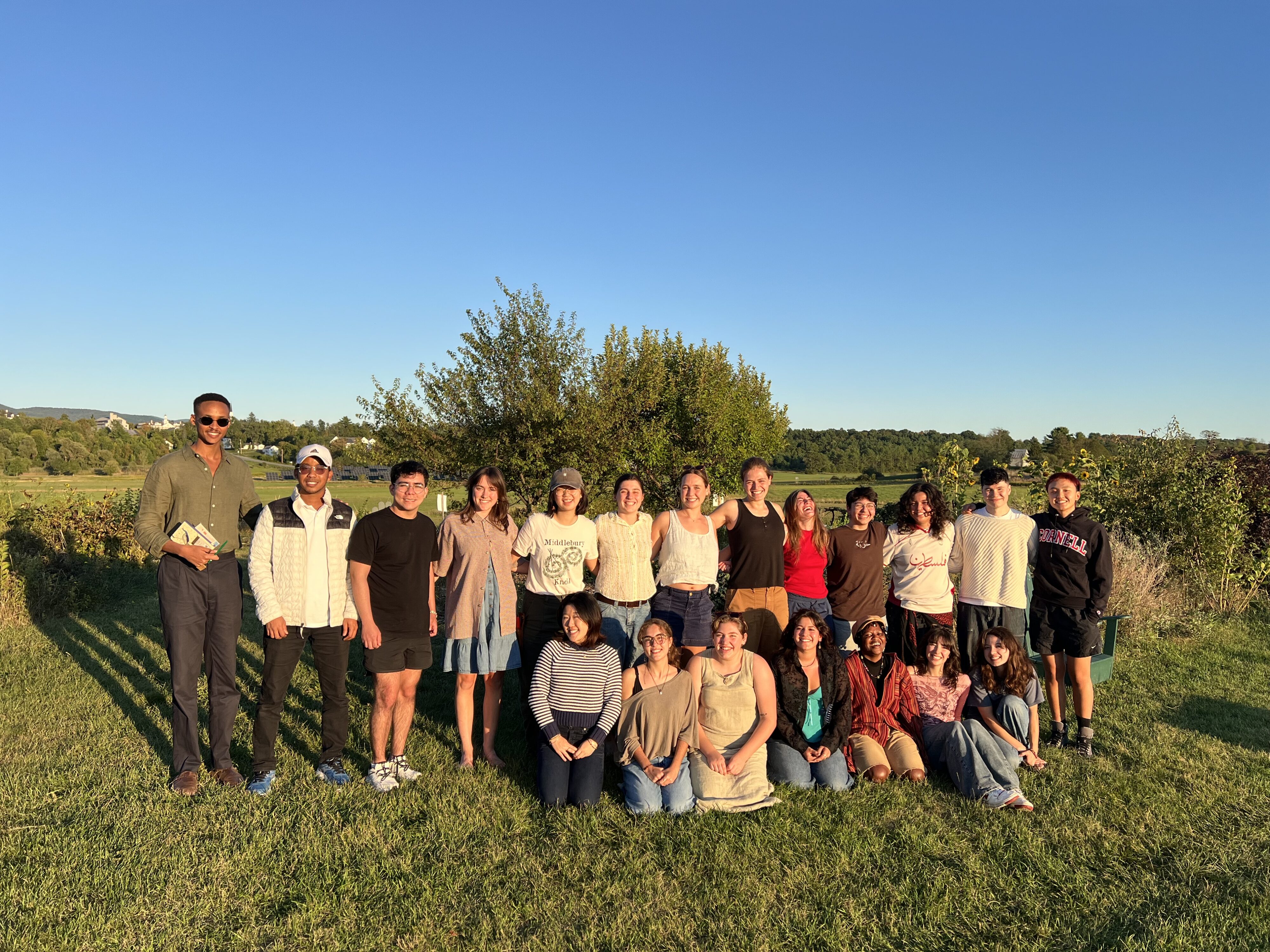A story of flood management: Lake Champlain and the Richelieu River
In 2011 the Lake Champlain and Richelieu River watershed was inundated with historic snowfall and spring flood levels. With it brought the challenges accompanied with binational water management and questions about the impacts of climate change on the basin. These two bodies of water span a large, complex watershed within Quebec, New York and Vermont that displays diverse ecosystem responses to events such as floods, high rainfall and snow melt. The Richelieu River is the only outlet for the lake. Man-made changes and structures to the River effect the rate at which the lake can regulate from high water supplies. Following the catastrophic floods the International Joint Commission (IJC) began the Lake Champlain- Richelieu River (LCRR) Flood Study. Unique binational waterways such as the Great Lakes Region and the Lake Champlain and Richelieu River basin led to the creation of the IJC in 1909 to study events in the watersheds between the U.S. and Canada and present potential mitigation and management measures. The study seeks to understand social, political and economic drivers for flood mitigation and forecasting so at the conclusion of the study the results presented to the governments will reflect the broadest public exposure and support for potential execution.
























